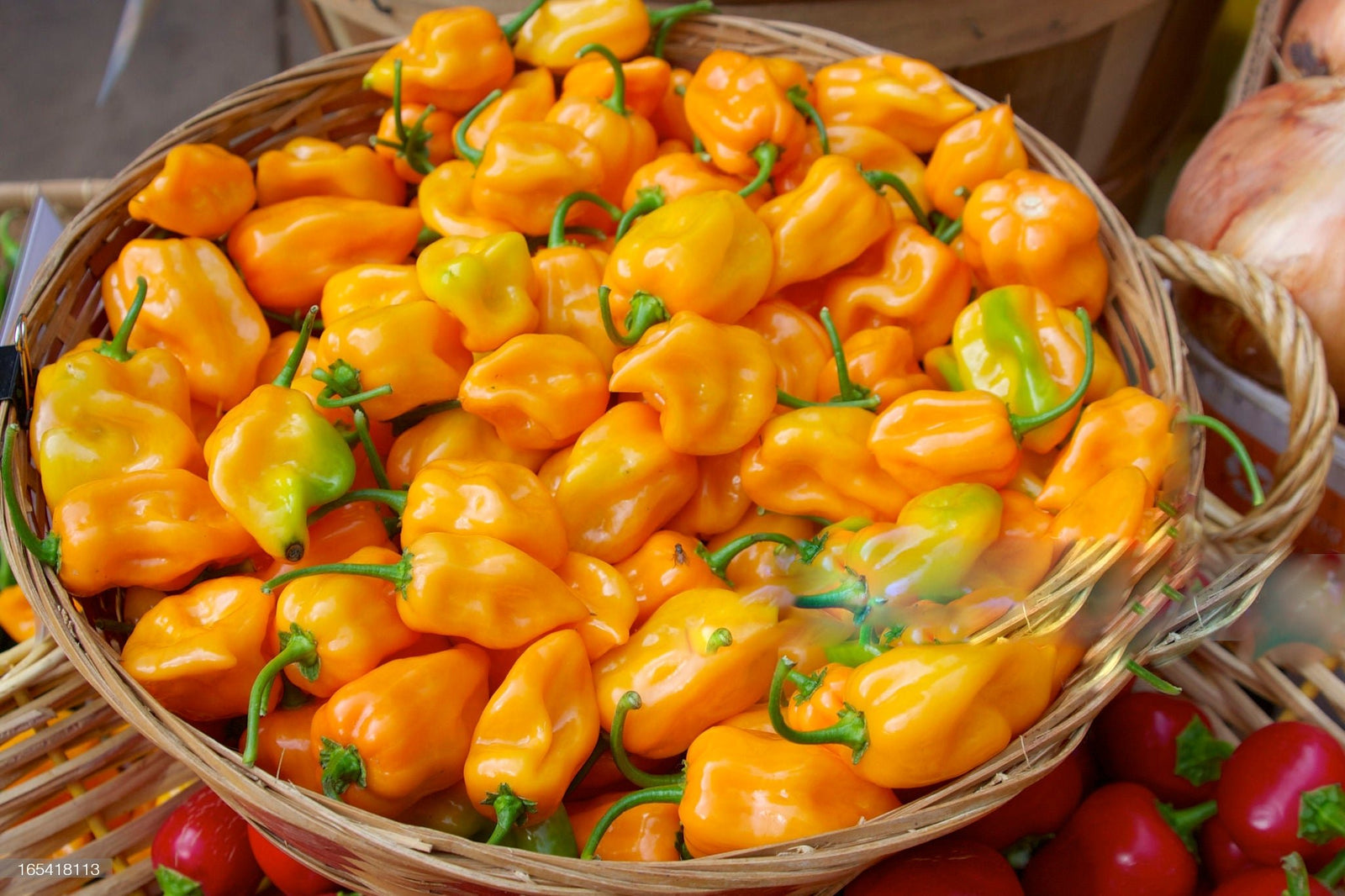Similar to our other blog posts covering the main peppers in our sauces (Poblano, etc.) this blog post covers the short history of the habanero, some basic uses of the pepper, and some fun facts.
Origin
The Habanero pepper originates from the Amazon forest but spread and made its way into Mexico. The name of the pepper is derived from the Cuban city of La Habana (aka Havana in English) because it used to be traded heavily there.
In Modern times the largest American producers of the pepper are in Texas, Idaho, and California. The largest producer of the pepper worldwide is the Yucatán Peninsula, in Mexico where they have become an integral part of their cuisine.
Fun Fact: In 1999, the habanero pepper was listed by the Guinness Book of World Records as the world’s hottest pepper. It has since been dethroned by much hotter peppers such as the Bhut Jolokia (aka Ghost Pepper).
The habanero peppers range from 100K scoville units (or SHU) to 350K SHU. The range is largely dependent on several conditions such as where it's grown, what soil they use, what time of year (the list goes on). To learn more please read our blog post on the scoville scalehere.

Flavor
Habanero peppers are best categorized as being sweet, fruity, tropical, and mildly smoky. This range of flavor allows it to compliment a wide range of dishes, sauces, what have you as well.
This is exactly why we picked this pepper for Tango Mango. It works SO well to deliver the sweet heat that we are looking for.
Uses
Because of the general availability of the habanero there are more recipes than you can throw a stick at. Our favorites are used within fresh salsa and even to puree and add to a cocktail that you want to spice up. A little goes a long way with this hot pepper.
Fun Fact: The habanero also comes in several different variations in sizes and colors. The most common are orange and red but they are also available in white, brown, yellow, green, or even purple.
We hope you enjoyed this brief history of the habanero pepper.




